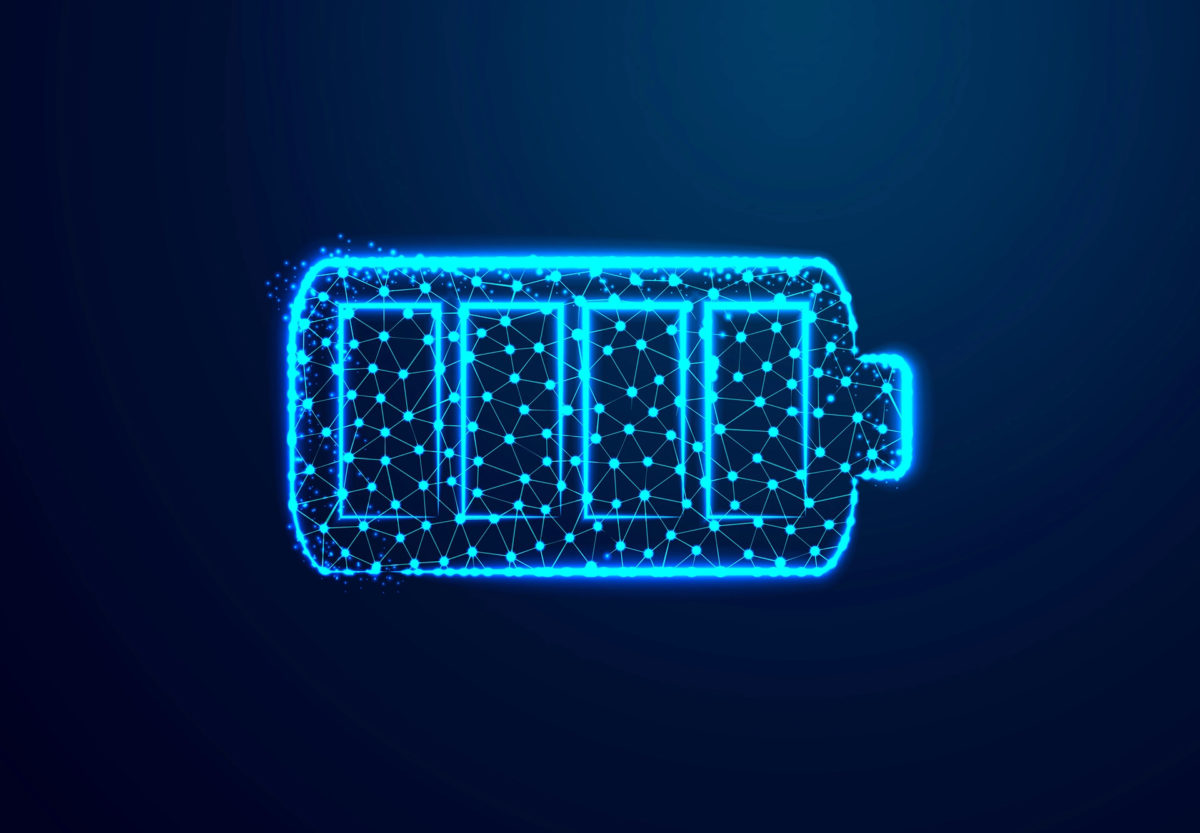From pv magazine Global
Most energy storage devices use toxic and expensive transition metals as their electrode materials. Lithium-ion batteries are based on metals such as cobalt and nickel, which are known to cause skin irritation, allergies, and even cancer.
Worldwide Universities Network scientists have embarked on a research project to develop conductive electrode materials with very low amounts of toxic metals. They have synthesised polymeric porous materials based on abundant and environmentally friendly components as battery electrodes. They have also designed ionic-conductor functional materials as solid-state electrolytes for improved electrochemical performance.
Their key result was the development of a small-molecule organic electrode material hexaazatrianthranylene (HATA) embedded quinone (HATAQ). By introducing conjugated quinone moieties into the electron-deficient hexaazatriphenylene-derivative core, HATAQ with highly extended π-conjugation showed potential to yield extra-high capacity for metal-ion storage.
“Organic electrode materials possess many advantages, such as low cost and environmental friendliness,” said Professor Watchareeya Kaveevivitchai of National Cheng Kung University (NCKU) in Taiwan. “They also contain a large number of redox active sites capable of undergoing a multi-electron-transfer process at a redox potential, which, if properly fine-tuned, can lead to a high energy density.”
Inspired by the excellent electrochemical performance of HATAQ in lithium-ion batteries, the researchers have investigated the compound as cathode in other rechargeable battery systems that are known as safer and cheaper such as sodium-, zinc-, and other multivalent-based systems.
Specifically, in rechargeable aqueous zinc-ion batteries with 1 M ZnSO4 solution as electrolyte, the large number of redox active sites and extended conjugation allowed HATAQ to deliver ultra-high capacity of 492 mAh g−1 at 50 mA g−1 and excellent rate capability up to 20 A g−1 with 199 mAh g−1 reversible capacity corresponding to 99% retention after 1,000 cycles.
The researchers say that the performance from HATAQ is among the best ever reported for aqueous zinc-ion batteries. They discussed their findings in “Proton-enabled biomimetic stabilization of small-molecule organic cathode in aqueous zinc-ion batteries” which was recently published in Journal of Materials Chemistry A.
This content is protected by copyright and may not be reused. If you want to cooperate with us and would like to reuse some of our content, please contact: editors@pv-magazine.com.








By submitting this form you agree to pv magazine using your data for the purposes of publishing your comment.
Your personal data will only be disclosed or otherwise transmitted to third parties for the purposes of spam filtering or if this is necessary for technical maintenance of the website. Any other transfer to third parties will not take place unless this is justified on the basis of applicable data protection regulations or if pv magazine is legally obliged to do so.
You may revoke this consent at any time with effect for the future, in which case your personal data will be deleted immediately. Otherwise, your data will be deleted if pv magazine has processed your request or the purpose of data storage is fulfilled.
Further information on data privacy can be found in our Data Protection Policy.